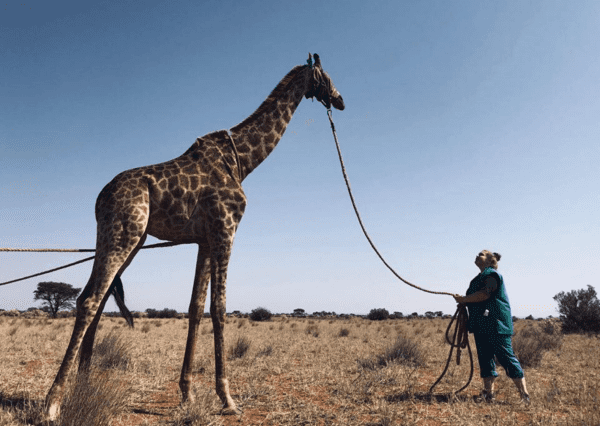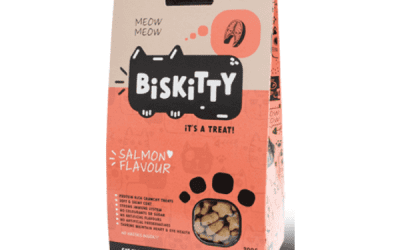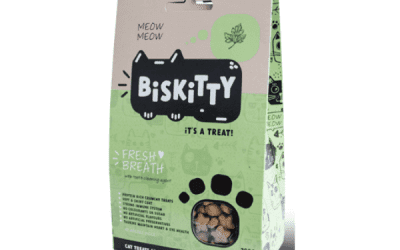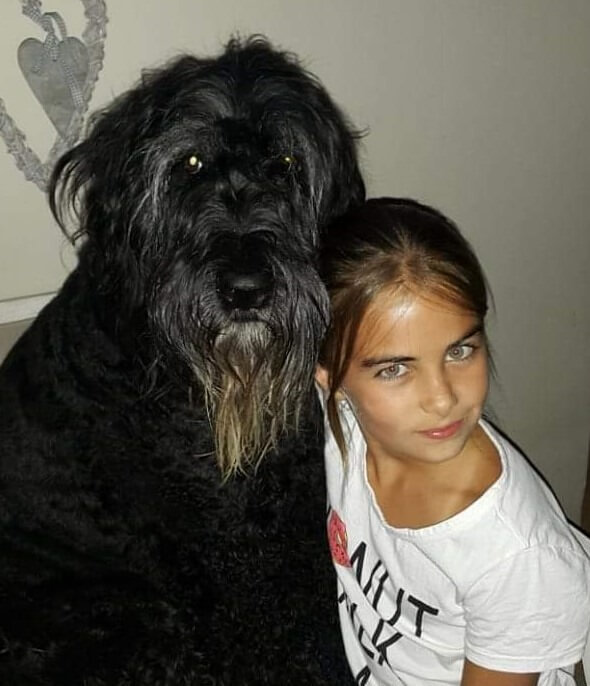
by Glixie Media | Sep 23, 2024 | Cats, Dogs, Kimberley Veterinary Clinic Blood Bank, Patient of the Week
KIMVET'S BLOOD DONOR HEROES - WALL OF FAME
Make an online appointment today!
Fill in this form to request an appointment. Reception will contact you to confirm the time and date.
Or call — 053 832 5711
Like this:
Like Loading...

by Rina Van Eeden | Jul 18, 2022 | Dogs, Feel Good Stories, Patient of the Week, Vaccinations
This little bundle of joy is Sugar.
Baby Sugar is another survivor of one of the deadliest diseases among puppies all around the globe – Canine parvovirus.
What Is Canine Parvo Virus (CPV)?
Canine parvovirus, or Parvo, is a highly contagious viral disease in dogs. While mostly seen in puppies from the ages of 2 – 6 months that aren’t adequately vaccinated, we have seen quite a few older canines. One was as old as 11 years, that have fell victim to this awful virus, whether vaccinated or not.
Parvo causes severe diarrhoea, sometimes with blood, vomiting, severe dehydration, weakness and lethargy.
Once your pup has been infected with this virus, it takes a few days for it to make its way to where it wants to be, the fast dividing cells. This is primarily the gut and the bone marrow, but in very young puppies the virus can even affect the heart muscle!
The intestine is where parvo causes the most damage, destroying the epithelial layer of the gut and preventing new, healthy epithelia from forming. By preventing the replacement of the old and dying cells, the virus leaves the intestinal surface unable to adequately absorb nutrients, the gastrointestinal tract cannot prevent fluid loss, or prevent bacteria from moving from the gut into the body. This is why these puppies dehydrate so rapidly and acquire many secondary bacterial infections on top of the initial virus.
What Can I Do To Prevent CPV?
There is no cure for parvo. All we can do is treat the symptoms and manage any secondary infections. In hospital we rehydrate the patient, provide adequate feeding, mostly via feeding tubes and treat their severe nausea and diarrhoea.
Unfortunately, very few pups survive this ordeal unless admitted to hospital. And even then the odds aren’t always on our side.
The survival rates for in-house patients on drips and with intravenous medication is barely over 75 – 80%. If they are taken home for treatment, this number drops to well below 50%.
Preventing CPV:
The only way to properly fight this virus, is to vaccinate your pets. While vaccines may not completely prevent your dog from getting parvovirus, it does decrease the severity of clinical signs dramatically. This means that those one or two or three vaccinations you got for your pet is literally the difference between life and death.
Getting rid of parvo in the environment proves just as difficult as treating it.
This small virus is extremely hardy and can survive in your environment for months after exposure. In some cases even years. It survives through the harshest winters and thrives in the summertime. It is nearly impossible to get rid of it once it has been introduced onto your property. Parvo is transmitted via many different routes, including on clothing or shoes.
Sugar is one of the lucky ones. She was admitted to hospital for almost 2 weeks.
The standard vaccination protocol for puppies is as follows – They get their first vaccination at 6 weeks, their second at 9 weeks, their third at 12 weeks with their first rabies booster and then at 14 weeks they get their last puppy vaccination. Thereafter they need yearly boosters.
For more information on puppy vaccinations, see our blog: https://kimvet.co.za/canine-vaccinations/
The kindest thing you can do for your puppy is to protect them from harm. Vaccines save lives.
Like this:
Like Loading...

by Rina Van Eeden | May 18, 2020 | Exotics, Fun Facts!, Patient of the Week
Our patient of the week, Tank the Tortoise. This little guy is an absolute fighter, even though he’s smaller than a 2ml syringe!
Tank is a Leopard Tortoise.
Although Leopard Tortoises live a long time in captivity, they seldom thrive! In fact, they slowly become anorexic and nutritionally deficient and, unfortunately, their owners rarely notice because of their shell.
The reason they become nutrient-deficient is that, in the wild, they are highly selective feeders and eat exactly what they need to maintain optimal health!
What they are fed in captivity is very rarely correct or sufficient.
Fun Fact: One of their main sources of protein and calcium is from eating carnivore poop!
Also, they carry a number of undesirable diseases…
These are some of the main reasons it is imperative to have a permit from Nature Conservation to keep any animal found in the wild.
It is highly discouraged for people to try turn them into pets!
Young tortoises, like Tank, are highly vulnerable to predators like dogs, cats, jackals, crows, birds of prey and mongooses because their shells are still very soft.
We suspect he was chomped on by a dog.
(By the way, this is hands down the cutest bandage we’ve ever done!)
He has been safely handed over to the dedicated staff in the Zoology department of the McGregor Museum, who have agreed to help save this adorable reptile. They will monitor him closely and keep him healthy until he can be released into the wild.
Thank you to the wonderful people who brought him to our clinic. The world needs more people as compassionate as you!
Like this:
Like Loading...























































































